The decision of where to park your cash is a critical one for Australians, especially in a rapidly shifting economic landscape. With interest rates fluctuating and economic policies evolving, the choice between fixed deposits and high-interest savings accounts can significantly impact financial planning and superannuation strategies. This article delves into the intricacies of both options, offering data-backed insights and exploring which might be the better choice for Aussies today.
Understanding Fixed Deposits and High-Interest Savings Accounts
Fixed Deposits: A fixed deposit (FD) is a financial instrument provided by banks which offers a higher interest rate than a regular savings account, until the given maturity date. It's a secure way to earn a predictable return, yet comes with the trade-off of reduced liquidity as funds are locked in for a set period.
High-Interest Savings Accounts: These accounts offer more flexibility, allowing access to your funds at any time while still earning interest. However, interest rates can be variable and may change based on central bank policies and economic conditions.
Case Study: Australia's Economic Context
According to the Reserve Bank of Australia (RBA), the cash rate has been steadily increased in response to rising inflation, currently standing at 4.1% as of mid-2023. This shift has sparked a ripple effect across the banking sector, influencing both fixed deposit and savings account rates. For example, ANZ Bank reported a rise in their fixed deposit rates to over 5% for select terms, a significant increase compared to previous years.
In contrast, high-interest savings accounts, while offering rates that typically hover around 3.5%, provide the added benefit of liquidity, allowing for easier access to funds in times of need.
Pros and Cons: Fixed Deposits vs. High-Interest Savings
Pros of Fixed Deposits
- Higher Interest Rates: Typically offer higher returns compared to savings accounts, especially in a rising interest rate environment.
- Predictability: Fixed interest rates mean predictable returns, aiding in financial planning.
- Security: Government-backed up to AUD 250,000, offering a secure investment.
Cons of Fixed Deposits
- Liquidity Constraints: Funds are locked for a specified term, with penalties for early withdrawal.
- Fixed Returns: In a rising interest rate environment, your returns remain unchanged until maturity.
Pros of High-Interest Savings Accounts
- Flexibility: Funds can be accessed anytime without penalties.
- Adaptive Rates: Interest rates can increase with market rates, potentially offering higher returns over time.
Cons of High-Interest Savings Accounts
- Variable Interest Rates: Rates can fluctuate, leading to unpredictability in returns.
- Lower Returns: Generally offer lower interest compared to fixed deposits.
Regulatory Insights and Economic Impacts
The Australian Prudential Regulation Authority (APRA) plays a crucial role in ensuring the safety and soundness of the financial system. Recent APRA guidelines have emphasized the need for banks to hold more capital, impacting the interest rates offered on both fixed deposits and savings accounts. Furthermore, the Australian Bureau of Statistics (ABS) reports that household savings rates have been declining, which could influence the attractiveness of these financial products.
Myth Busting: Common Misconceptions
- Myth: Fixed deposits are always the safest option. Reality: While secure, their lack of liquidity can be a disadvantage in volatile markets.
- Myth: High-interest savings accounts always offer better returns. Reality: Variable rates mean returns can decrease unexpectedly, especially if the RBA lowers the cash rate.
Final Takeaways
- Higher ROI: Fixed deposits often offer better returns in stable or rising interest rate environments.
- Flexibility vs. Security: Choose based on personal financial goals and the need for liquidity.
- Market Awareness: Stay informed about economic indicators and RBA policies to optimize returns.
Future Trends in Australia
Looking ahead, economic experts predict that the Australian financial landscape will continue to be shaped by global market dynamics and domestic economic policies. The RBA's monetary policies will play a pivotal role in determining interest rates, influencing both fixed deposits and high-interest savings accounts. By 2028, it's anticipated that digital banking innovations will further enhance the flexibility and appeal of high-interest savings accounts, integrating features such as AI-driven financial planning tools.
Conclusion
Deciding between fixed deposits and high-interest savings accounts requires a nuanced understanding of personal financial goals, market conditions, and economic forecasts. By weighing the pros and cons and staying informed about regulatory changes and economic trends, Australians can make more informed decisions about where to park their cash. What decision will you make in this evolving financial landscape? Share your thoughts and strategies in the comments below!
People Also Ask (FAQ)
- How does choosing between fixed deposits and high-interest savings accounts impact Australians? Choosing impacts liquidity and returns; fixed deposits offer security but limit access, while high-interest savings accounts offer flexibility with variable returns.
- What are the biggest misconceptions about fixed deposits? A common myth is that fixed deposits are risk-free; however, their lack of liquidity can be a disadvantage in emergencies.
Related Search Queries
- Best fixed deposit rates in Australia 2025
- High-interest savings accounts comparison Australia
- RBA interest rate impact on savings
- APRA guidelines for fixed deposits
- Economic outlook Australia 2024









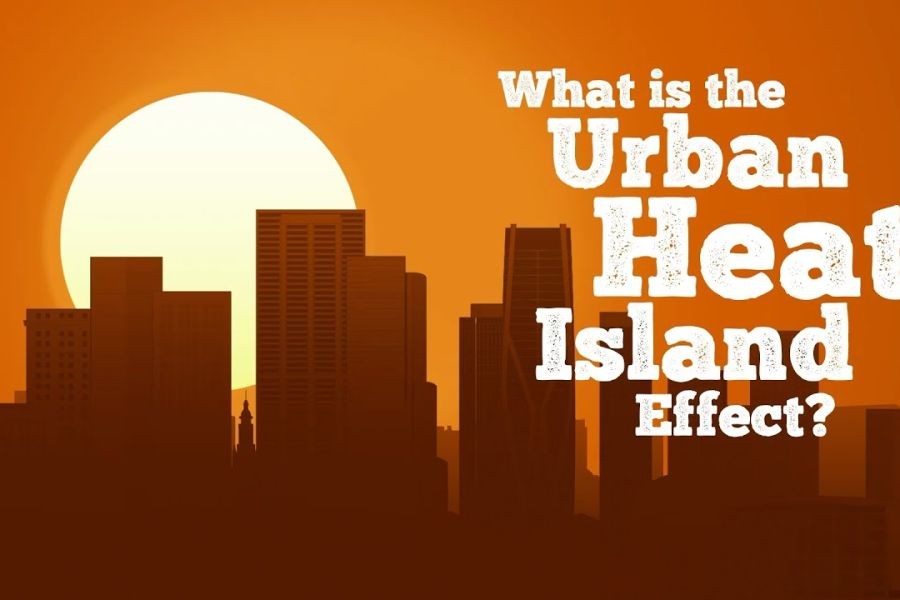
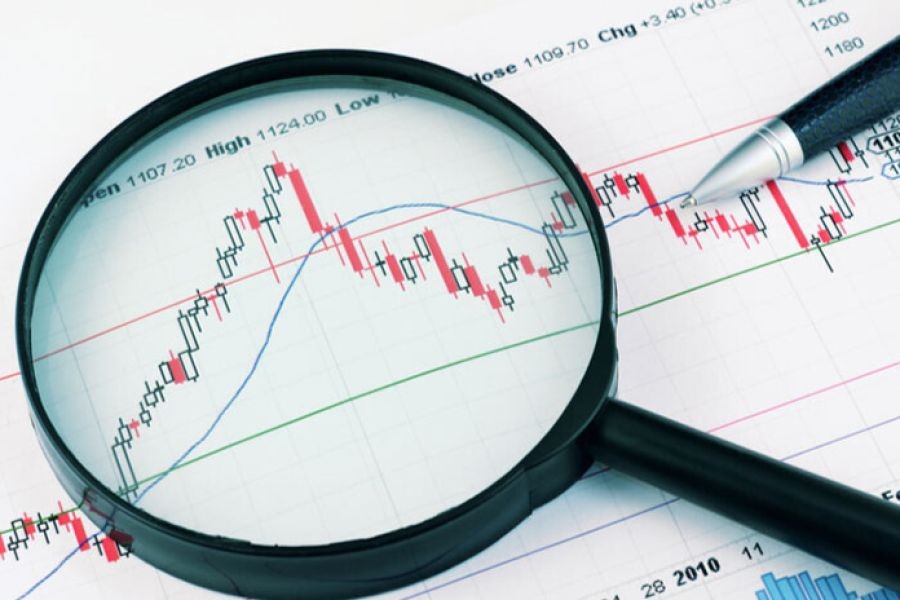



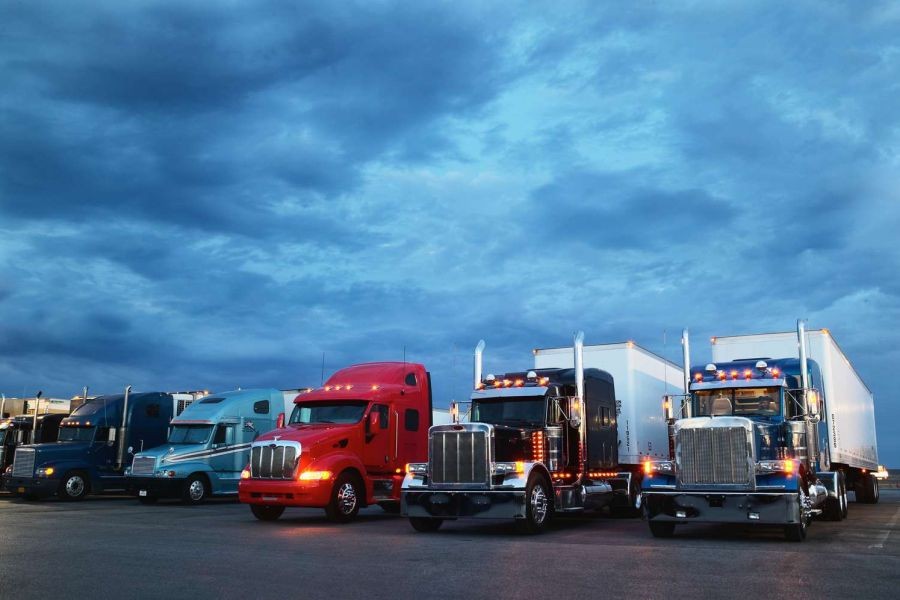




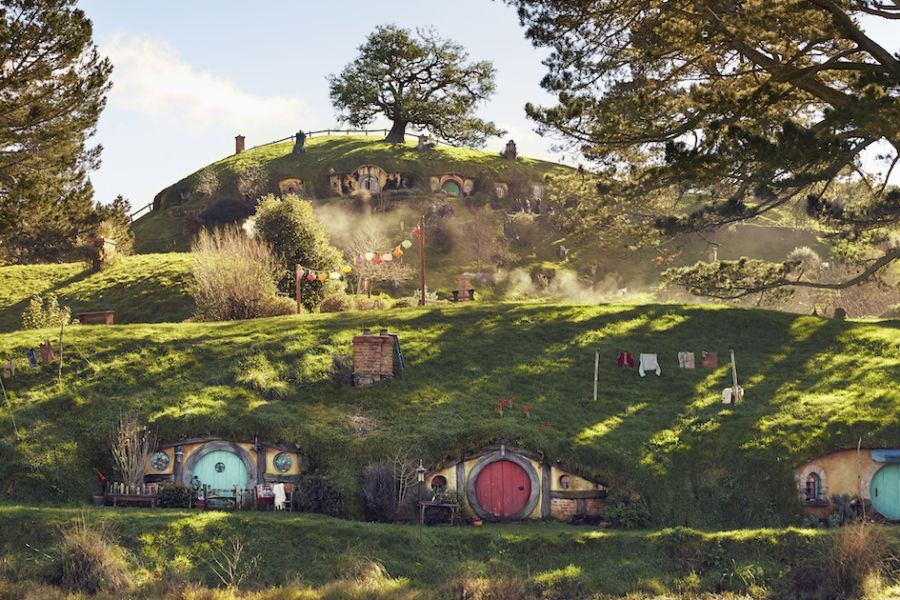




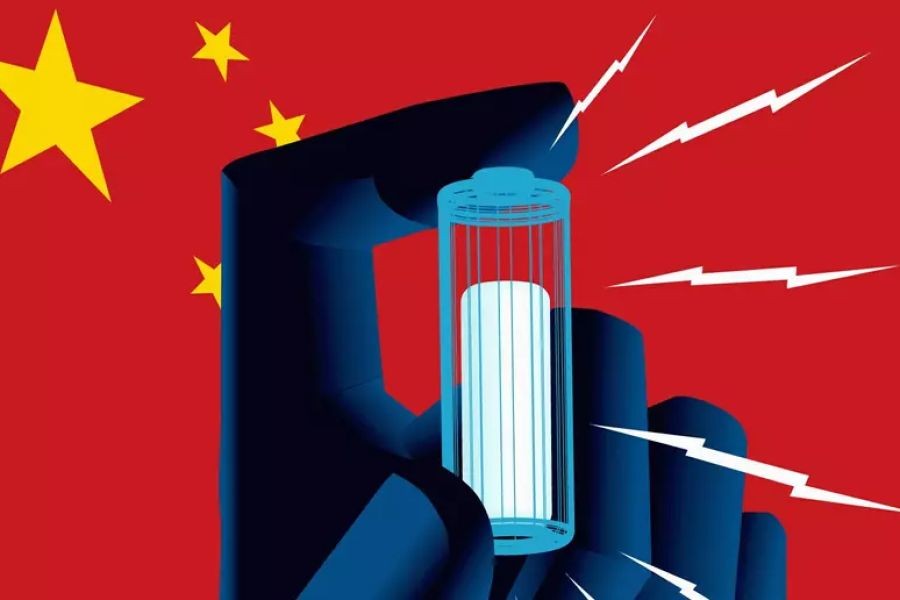


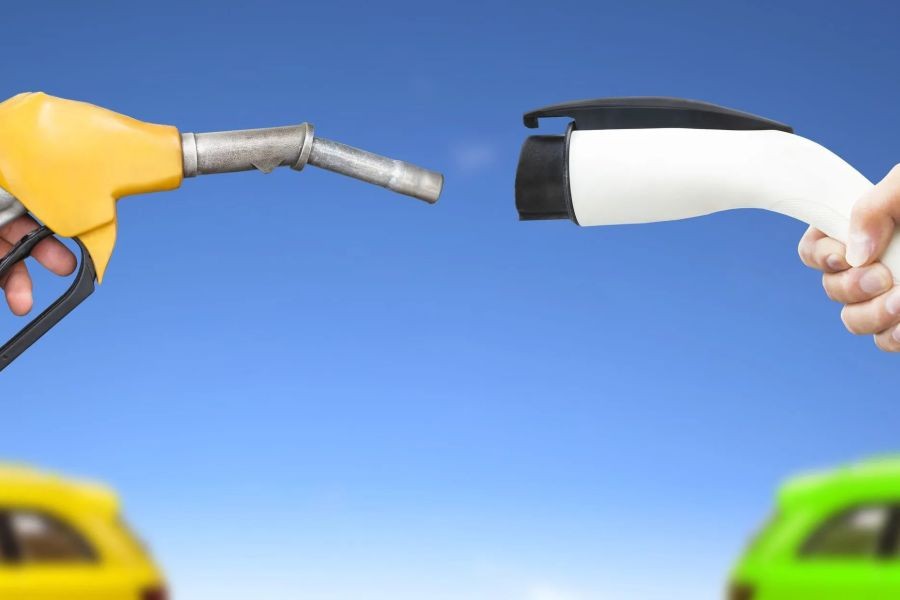





MitziHartf
18 days ago